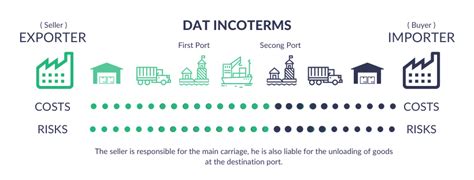
What is the Delivery Term?
Importance of Delivery Terms Delivery terms play a vital role in international trade by: Defining responsibilities: They clearly outline the obligations of both the buyer[…]
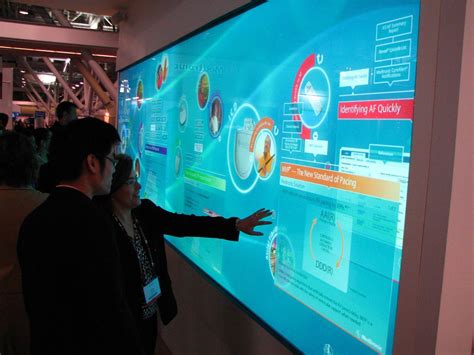
What is the difference between interactive panel and interactive board?
Introduction to Interactive Displays Interactive displays have become increasingly popular in various settings, from classrooms and conference rooms to public spaces and retail stores. These[…]
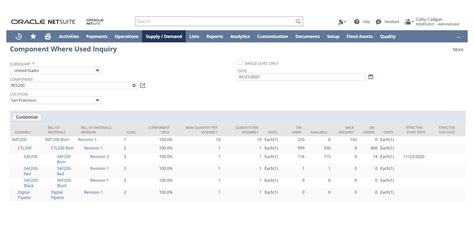
what is BOM list
Why is a BOM List Important? The BOM list is a critical document in the manufacturing process for several reasons: Facilitates material procurement: The BOM[…]

Bill of Materials (BOM): What Is BOM and How to Make a BOM
What is a Bill of Materials (BOM)? A Bill of Materials (BOM) is a comprehensive list of raw materials, components, and instructions required to construct,[…]

what is a bom in pcb design
Introduction to BOM (Bill of Materials) In the world of printed circuit board (PCB) design, the BOM, or Bill of Materials, is an essential document[…]
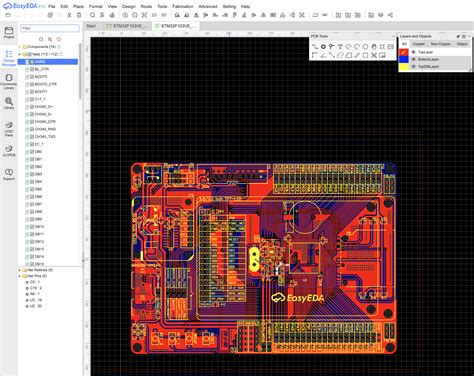
including design details pcb
Introduction to PCB Design Printed Circuit Board (PCB) design is a crucial aspect of modern electronics manufacturing. PCBs are the backbone of almost every electronic[…]
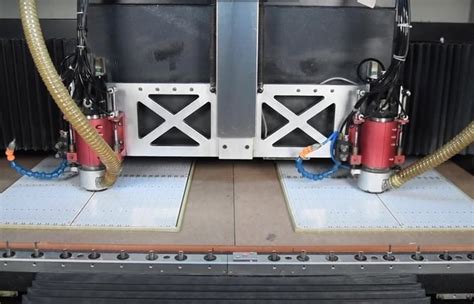
Profiling -V-cut Scoring
Introduction to V-cut Profiling V-cut profiling, also known as V-grooving or V-scoring, is a popular technique used in various industries to create precise, angled cuts[…]

What is the galvanic process of electrolysis?
Understanding the Basics of Galvanic electrolysis Galvanic electrolysis is an electrochemical process that involves the use of an external power source to drive a non-spontaneous[…]
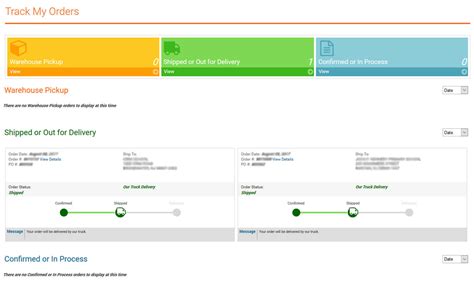
New timeline makes order tracking smarter
What is Smart Order Tracking? Smart order tracking is an innovative approach to providing customers with real-time, detailed information about the status of their orders.[…]

Elsyca Intellitool Matrix plating project
Introduction to Intellitool Matrix The Intellitool Matrix is an advanced plating technology developed by Elsyca, a leading provider of electrochemical solutions. This innovative system enables[…]